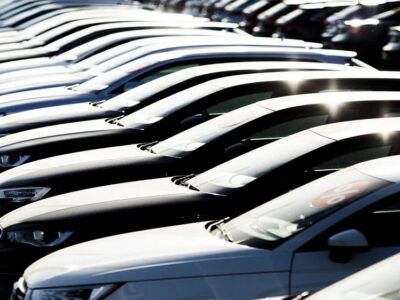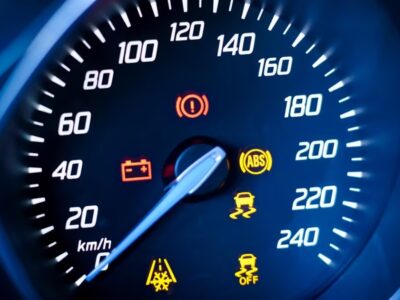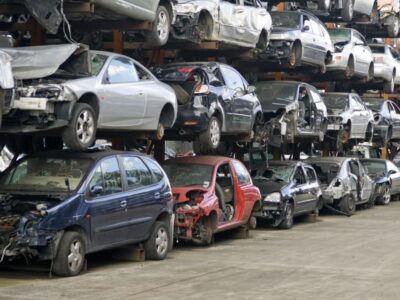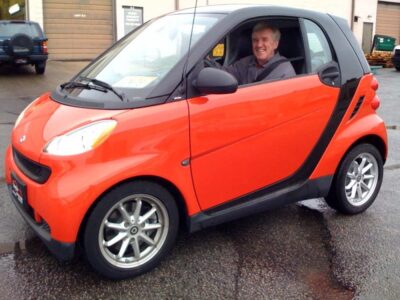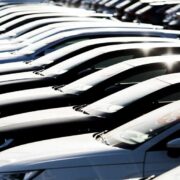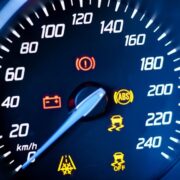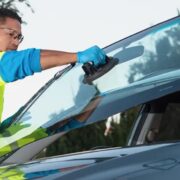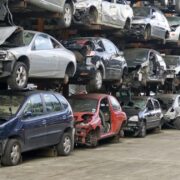
Modern engines, with their power supply, ignition, and control systems, are an order of magnitude more reliable than those that were 20–30 years ago. They even know how to independently determine some malfunctions, warn the driver with CHECK ENGINE light, and self-regulate, adapting to questionable fuel and the driving style.
But there are still cars standing in the middle of the lane with an emergency warning light, and these are not always models worn out by time and miles that have changed a dozen owners. Oddly enough, even the most modern car can suddenly stop without even blinking a warning sign. Experienced mechanics from Indy Auto Man figure out why this happens.
Running out of gas
It may seem incredible, but the most common reason for a sudden stop is a lack of gas or problems caused by extremely low fuel levels. Of course, a caring driver remembers that for the fuel pump and other power systems, it is better not to reduce the level in the tank below a quarter, but, as it turns out, driving till the last gallon is a common technique. Alas, in today’s understanding, driving with the fuel gauge lamp on has little in common with what was meant by it in the 20th century. The fact is that most modern cars show the remaining miles not based on the actual amount of fuel in the tank but on the arithmetic average consumption, correlated with the nature of driving shortly before stopping. And if you constantly travel in the same mode, the program makes almost no mistakes. But when a car is moving along the highway for several dozen miles, the computer will tune to the economical mode and show a very respectable remainder. However, as soon as it gets stuck in a traffic jam, the thirty miles will immediately turn into ten and then zero. The computer recalculated the consumption and cut off the remainder. The Volkswagen family especially loves such tricks. Moreover, in many cars, the fuel tank is not a single volume but two or three containers connected by a pumping system, which becomes airy at a low level. In this case, the solution is simple – refuel on time.
Tired fuel pump
Engine power systems are different, but in any case, they have a pump that takes fuel from the tank. Its failure will immobilize even a car with the most reliable engine. In many models, this malfunction is reported by the same CHECK ENGINE sign. But if a driver sees this message constantly and is accustomed to not paying attention to it, the failure may happen unexpectedly. The most common reasons are operating at a minimum level, substandard fuel, and natural wear and tear. The pump is inside the tank in 99% of cars, and removing it is a task for professional servicemen.
Battery problems
The voltage source in an idle car is only the battery and, if nothing turns on, it makes sense to start with it. Or rather, its terminals, which must be clean and firmly attached to the battery. Sometimes, it is enough to move the oxidized terminal to bring the circuit back to life, but this is a signal to service the contacts – cleaning, lubricating, and fastening.
It happens that the battery dies while on the road. In this case, the onboard diagnostics will warn the driver that the voltage is low or the battery light will come on. Advanced electronics may turn off secondary functions such as air conditioning or multimedia. This is a symptom of a generator failure, and the route should now run to the nearest service center because modern cars can only drive on a single battery for a couple of hours and, most likely, will not start after that.
Crankshaft position, throttle, and airflow sensors
Those who have ever encountered sensor failures know that the car will work without a mass air flow sensor if the throttle position sensor is working but will fail if there is no signal from the core source of information – the crankshaft position sensor. The situation is aggravated by its location in the depths of the engine compartment, and on many cars, it is almost inaccessible without a lift. In any case, determining the malfunction of the sensors is possible using a service device and is hardly feasible without appropriate practice in the field.
Secondary launch interlock systems
All systems are working, and fuel is being supplied, but the engine has stalled and does not start. Perhaps the problem lies in systems that are not directly related to motor life but have an impact on it. These are all kinds of locks and immobilizers. A malfunctioning immobilizer will not allow you to start the engine, most likely indicating this by flashing a warning light or a corresponding message on the display. Sometimes, the key is lost – the system cannot recognize it, and, again, the immobilizer blocks the engine. There are ways to achieve key recognition, but sometimes, the only way to unlock it is to contact a diagnostician at the station. The situation is somewhat easier if the battery in the key is at fault. The sign of the power element’s imminent death is the unclear operation of the key fob or a radical decrease in the distance for opening the doors.
Of course, there can be many reasons why the car’s engine refuses to work. Experts recommend timely maintenance to avoid sudden stops on the road or unplanned repairs in the morning.

